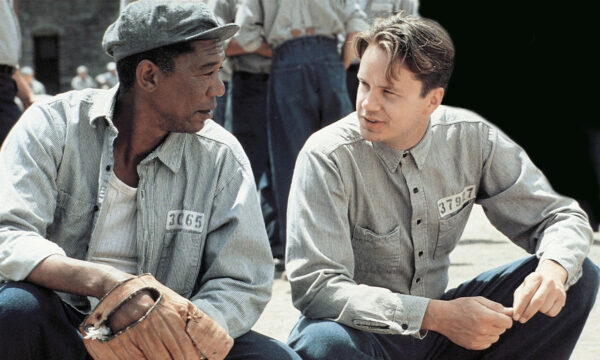How to write an article about an upcoming event

Writing an article about an upcoming event is a terrific way to make sure potential attendees can learn more about it, about a product or about a company. It can increase exposure for an excellent line of work, build image, and promote excellence. For those tasked with writing content who feel stuck, it might be worth considering getting expert help – there are a number of agencies providing this writing services online using catchphrases such as “write my blurb” and “write my dissertation for me“.
People all over the globe regularly look for new ideas and upcoming events to learn more about their individual areas of interest in various sectors. Online articles can be an excellent way to promote a business, and, at the same time, target talking heads and thence the intended audience. During the pandemic, reading of articles and literature online has dramatically increased with time spent at home (just check out the plethora of options online with titles like “five must-read books that will help you with your winter blues” – not to mention the uptick in students looking for masters dissertation examples pdfs), so it’s potentially an ideal time to reach out to potential audience in this way.
Here are some tips for writing engaging content, and, specifically, for presenting an upcoming event in the best light possible.
Rules to live by
The following are some of the most important aspects of writing an article for an upcoming event – and indeed an article of any kinds.
The hook – there must be something that shows that the writer understands the audience and draws readers in.
Engaging content – articles can stay up and continue being read, even long after the event has passed. This reminds readers of what a business has been up to and the changes that have been achieved with regard to the products and services provided.
The point of view – the article should be written from a point of view that aligns with the target readership so that visitors to the page can relate to it.
Structuring an article
There are some basic structural norms that are best adhered to for maximum impact. Before any of this applies, it’s important to bear a target word count in mind. An online piece of this kind should be no longer than 400 words so that information can be relayed without losing the reader’s attention. From there, the structure should roughly hang as follows:
Introduction
The introduction of the article should generally be between 50 and 100 words with the following elements:
– A scene-setting introduction
– Mention of the number of participants at the event
– An explanation of the organisation of the event and its intentions
– A description of where and how the event took or will take placeMain body
The body of the article should have between 100 and 150 words with the following criteria:
– A focus on the results or intentions of the event
– An idea of what was learned on the day (or the possibilities)
– A description of the setup and structure of the event – for instance, for an occasion in a factory, it helps to give the reader an idea of the setting and the activities for the event
– Details about the critical issues surrounding the eventSummary
This is the conclusion to the article and an opportunity to wrap up what has gone before in a neat bow. It should be 100 to 200 words long and should include:
– A description of the value of the event
– The event’s benefits with examples of successful aspects or potential
– A quotation, if available, from the speaker at the event or a guestEssential elements
Even the best-written articles won’t achieve their goal if the important elements and information are missing from the text. The piece must feature:
– Contact info
– A practical and eye-catching header
– A relevant and intriguing title
– The date of both the article and the event
Whereas the beginning paragraph in an article should provide critical data to reach a wider audience, the last should also have extra data and contribute to a higher likelihood of reaching the target audience.
Tips for enjoyable content
For any article to hit its mark, it needs to appeal to the reader. If, for example, an organisation is striving to raise money, and that is what the piece is about, it will only be successful with sensitive handling of the topic and an awareness of what its audience will respond to. Potential contributors will not understand why they should part with their cash unless the writer emphasises a worthy and well-known cause, and delivers the content in an engaging manner.
Some principles to bear in mind when writing enjoyable content include:
Being light, original, and remembering that brevity contributes to clarity – keeping sentences short and timely without exaggerated paragraphs is usually best
Being precise, honest, informed and impartial, with a strong appeal to the target audience and compelling reasoning
Providing fresh information that readers find hard to find elsewhere, with an aspirational description and the depth to lead to broader topics
Being aware of the readership – where appropriate, using UK English instead of US English, for example
Using examples as far as possible – concepts are always better received when they’re backed up
Defining the viewpoint, rather than reality
Maintaining a conversational voice, or at least avoiding a formal address – it’s important to avoid extensive use of jargon in favour of approachable vocabulary
Finally, the audience is everything
It is paramount when writing any articles to think about the audience for whom it is written. Will the voice and the content appeal to the relevant readers? Whatever the technical expertise of the writer, what will make their work hit its mark more than anything else is an awareness of who is reading it.
The editorial unit




















Facebook
Twitter
Instagram
YouTube
RSS